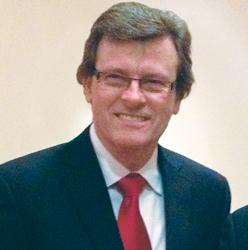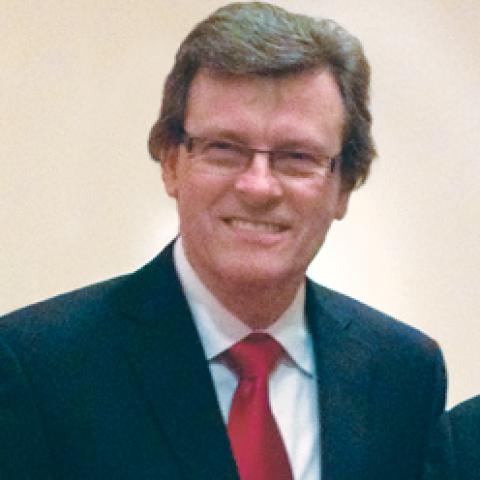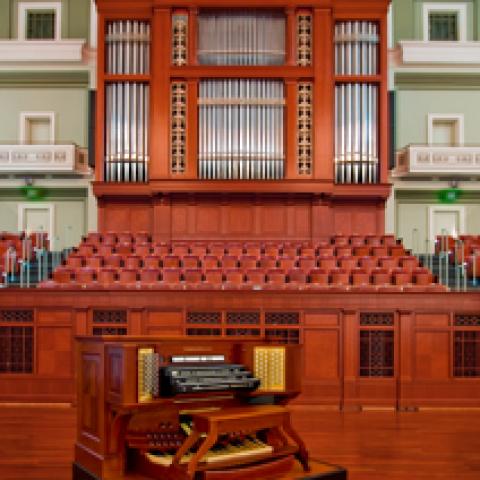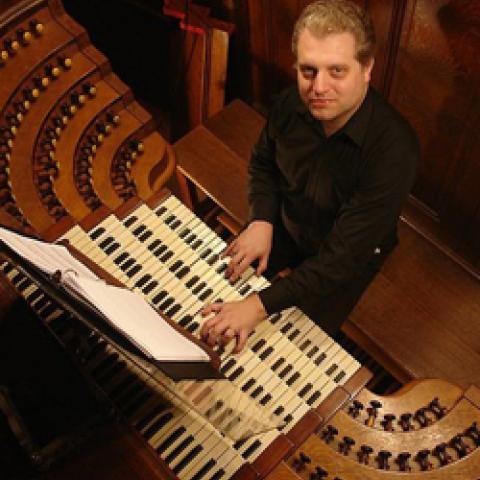
The late Stephen Paulus, who died in October 2014 at the age of 65, won GRAMMY® awards for recordings of his compositions.
The recording of Three Places of Enlightenment, Veil of Tears, and Grand Concerto, on the Naxos label (see item in “Recordings” on page 10), won for Best Classical Compendium, and Prayers & Remembrances, on Reference Recordings, won for Best Contemporary Composition.
Paulus was a prolific composer of opera, oratorio, and symphonic and choral works. Pilgrim’s Hymn, his best-known choral work, was sung at the funerals of former Presidents Ronald Reagan and Gerald Ford. For information: stephenpaulus.com.





